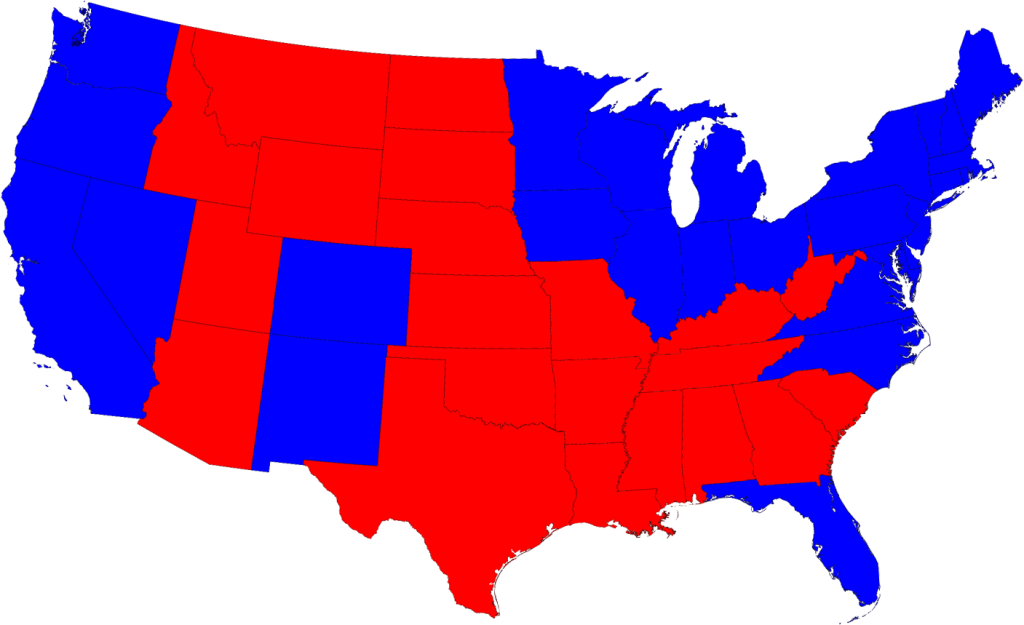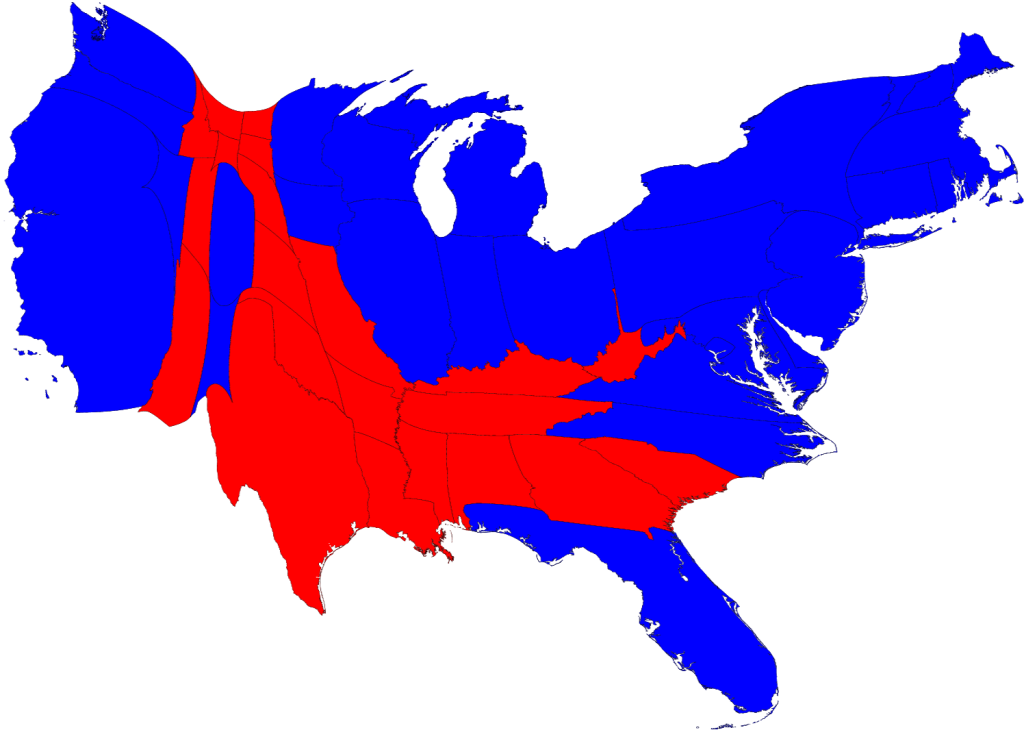Valentine’s Day Feb. 14, 2013
U.S. Census Bureau – Facts for Features
Expressing one’s love to another is a celebrated custom on Valentine’s Day; whereby sweethearts and family members present gifts to one another, such as cards, candy, flowers and other symbols of affection. Opinions differ as to who was the original Valentine, but the most popular theory is that he was a clergyman who was executed for secretly marrying couples in ancient Rome. In A.D. 496, Pope Gelasius I declared Feb. 14 as Valentine Day. Esther Howland, a native of Massachusetts, is given credit for selling the first mass-produced valentine cards in the 1840s. The spirit continues today with even young children exchanging valentine’s cards with their fellow classmates.
Candy
1,155
Number of U.S. manufacturing establishments that produced chocolate and cocoa products in 2010, employing 35,074 people. California led the nation in the number of chocolate and cocoa manufacturing establishments, with 121, followed by Pennsylvania, with 114.
Source: U.S. Census Bureau, County Business Patterns: 2010, NAICS code (31132) and (31133),
<http://www.census.gov/econ/cbp/>
409
Number of U.S. establishments that manufactured nonchocolate confectionary products in 2010. These establishments employed 17,526 people. California led the nation in this category, with 49 establishments.
Source: U.S. Census Bureau, County Business Patterns: 2010, NAICS code (31134)
<http://www.census.gov/econ/cbp/>
$13.5 billion
Total value of shipments in 2011 for firms producing chocolate and cocoa products.
Source: U.S. Census Bureau, 2011 Annual Survey of Manufactures, Products and Service Codes 311320 and 311330,
Nonchocolate confectionery product manufacturing, meanwhile, was an $8.8 billion industry.
Source: U.S. Census Bureau, 2011 Annual Survey of Manufactures, Products and Service Code 311340,
3,365
Number of confectionery and nut stores in the United States in 2010.
Source: U.S. Census Bureau, County Business Patterns, NAICS code (445292),
<http://www.census.gov/econ/cbp/>
24.7 pounds
Per capita consumption of candy by Americans in 2010.
Source: U.S. Census Bureau, Current Industrial Reports, Confectionery: 2010
<http://www.census.gov/manufacturing/cir/historical_data/ma311d/index.html>
Flowers
16,182
The total number of florists’ establishments nationwide in 2010. These businesses employed 70,575 people.
Source: U.S. Census Bureau, County Business Patterns, NAICS code (4531)
<http://www.census.gov/econ/cbp/>
$880,893,904
The value of imports for cut flowers and buds for bouquets in 2011. Flower bouquets are a popular gift for loved ones on Valentine’s Day. The total value of fresh cut roses in 2011 was $365,453,189.
Source: U.S. Census Bureau: Foreign Trade Division USA Trade Online U.S. Import and Export Merchandise trade (Commodity code-060319)
<https://www.usatradeonline.gov/>
Jewelry
23,739
Number of jewelry stores in the United States in 2010. Jewelry stores offer engagement, wedding and other rings to couples of all ages. In February 2012, these stores sold $2.66 billion in merchandise.
Source: U.S. Census Bureau, County Business Patterns, NAICS code (448310),
<http://www.census.gov/econ/cbp/> and Monthly Retail Trade and Food Services <http://www.census.gov/retail>
The merchandise at these locations could well have been produced at one of the nation’s
1,453 jewelry manufacturing establishments.
Source: U.S. Census Bureau, County Business Patterns, NAICS code (339911),
<http://www.census.gov/econ/cbp/>
“Please Be Mine”
28.6 and 26.6 years
Median age at first marriage in 2012 for men and women, respectively.
Source: U.S. Census Bureau, Families and Living Arrangements: 2012,
<http://www.census.gov/hhes/families/data/marital.html>, Table MS-2
53%
The overall percentage of adults who reported being married.
Source: U.S. Census Bureau, Families and Living Arrangements: 2012,
<http://www.census.gov/hhes/families/data/cps2012.html> Table A1
68.8%
Percentage of people 15 and older in 2012 who had been married at some point in their lives — either currently or formerly.
Source: U.S. Census Bureau, Families and Living Arrangements: 2012,
<http://www.census.gov/hhes/families/data/cps2012.html> Table A1
38.3
The provisional rate of marriages per 1,000 people performed in Nevada during 2010. So many couples tie the knot in the Silver State that it ranked number one nationally in marriage rates. Hawaii ranked second with a marriage rate of 17.6.
Source: National Center for Health Statistics,
<http://www.cdc.gov/nchs/data/nvss/marriage_rates_90_95_99-10.pdf>
2.1 million
The provisional number of marriages that took place in the United States in 2010. That breaks down to nearly 5,800 a day.
Source: National Center for Health Statistics,
<http://www.cdc.gov/nchs/nvss/marriage_divorce_tables.htm>
74.5%
The percentage of women who married for the first time between 1990 and 1994, who marked their 10th anniversary. This compares with 83 percent of women who married for the first time between 1960 and 1964.
Source: U.S. Census Bureau, Number, Timing, and Duration of Marriages and Divorces: 2009,
<http://www.census.gov/prod/2011pubs/p70-125.pdf>, Table 4
6.2%
As of 2009, the percentage of currently married women who had been married for at least 50 years. A little more than half of currently married women had been married for at least 15 years.
Source: U.S. Census Bureau, Number, Timing, and Duration of Marriages and Divorces: 2009
<http://www.census.gov/prod/2011pubs/p70-125.pdf>, Table 9
Looking for Love
393
The number of dating service establishments nationwide as of 2007. These establishments, which include Internet dating services, employed 3,125 people and pulled in $928 million in revenue.
Source: U.S. Census Bureau, 2007 Economic Census
<http://factfinder2.census.gov/bkmk/table/1.0/en/ECN/2007_US/00A1//naics~8129902>
Try Looking Here . . .
Romantic-sounding places to spend Valentine’s Day:
| Rose City, Texas | Rose City, Mich. | South Heart, N.D. |
| Loveland, Colo. | Darling, Minn. | Loveland, Ohio |
| Romeo, Colo. | Sacred Heart, Minn. | Loveland Park, Ohio |
| Lovejoy, Ga. | Heart Butte, Mont. | Love County, Okla. |
| Loves Park, Ill. | Valentine, Neb. | Loveland, Okla. |
| Lovington, Ill. | Lovelock, Nev. | Lovelady, Texas |
| Romeoville, Ill. | Loving, N.M. | Loving County, Texas |
| Rosemont, Ill. | Lovington, N.M. | Valentine, Texas |
| Romeo, Mich. | Love Valley, N.C. | Rose Hill Acres, Texas |
| Rosemont, Md. |
Source: U.S. Census Bureau, American FactFinder
<http://factfinder2.census.gov>
Giving Love a Second Chance
19.5%
Percentage of people ever married twice as of 2011. Five percent have married three or more times. By comparison, 75.3 percent of people who have ever been married have made only one trip down the aisle.
Source: 2011 American Community Survey
8
Median length, in years, of first marriages that ended in divorce.
Source: Number, Timing, and Duration of Marriages and Divorces: 2009
<http://www.census.gov/prod/2011pubs/p70-125.pdf>, Table 8
3.8 and 3.7
The median time in years between divorce and a second marriage for men and women, respectively. However, the two medians are not significantly different from each other.
Source: Number, Timing, and Duration of Marriages and Divorces: 2009
<http://www.census.gov/prod/2011pubs/p70-125.pdf>, Table 8
9% and 7.9%
Among people 15 and older in 2009, the percentage of men and women, respectively, who had married twice and were still married.
Source: Number, Timing, and Duration of Marriages and Divorces: 2009
<http://www.census.gov/prod/2011pubs/p70-125.pdf>
Following is a list of observances typically covered by the Census Bureau’s Facts for Features series:
- African-American History Month (February)
- Super Bowl
- Valentine’s Day (Feb. 14)
- Women’s History Month (March)
- Irish-American Heritage Month (March)/
St. Patrick’s Day (March 17)
- Asian/Pacific American Heritage Month (May)
- Older Americans Month (May)
- Cinco de Mayo (May 5)
- Mother’s Day
- Hurricane Season Begins (June 1)
- Father’s Day
- The Fourth of July (July 4)
- Anniversary of Americans With Disabilities Act (July 26)
- Back to School (August)
- Labor Day
- Grandparents Day
- Hispanic Heritage Month (Sept. 15-Oct. 15)
- Unmarried and Single Americans Week
- Halloween (Oct. 31)
- American Indian/Alaska Native Heritage Month (November)
- Veterans Day (Nov. 11)
- Thanksgiving Day
- The Holiday Season (December)
Editor’s note: The preceding data were collected from a variety of sources and may be subject to sampling variability and other sources of error. Facts for Features are customarily released about two months before an observance in order to accommodate magazine production timelines. Questions or comments should be directed to the Census Bureau’s Public Information Office: telephone: 301-763-3030; fax: 301-763-3762; or e-mail: <PIO@census.gov>.












